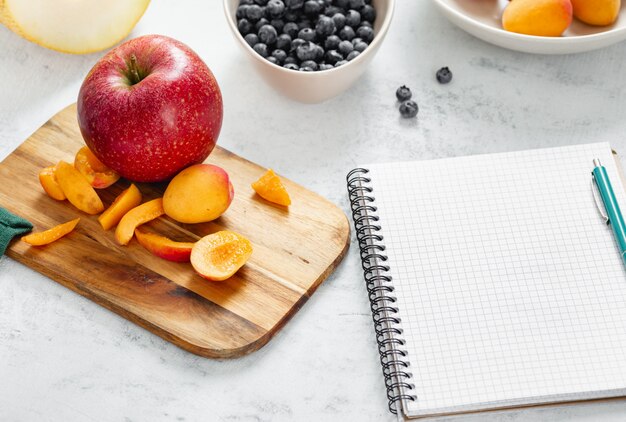Discover the Best Fruit Choices for Diabetics: Stay Healthier and Satisfied
Navigating dietary options can be challenging for diabetics, but finding the right fruit to include in your diet can make a significant difference. Fruits offer vital nutrients, vitamins, and fiber that can help manage blood sugar levels—a critical aspect of living well with diabetes. While many fruits can be part of a healthy diabetic diet, berries stand out as an exceptional choice.
Why Berries Reign Supreme
Berries such as strawberries, blueberries, raspberries, and blackberries are packed with antioxidants, vitamins, and fiber, making them an excellent low-glycemic option for diabetics. The low glycemic index (GI) of berries means they have minimal impact on blood sugar levels, providing a steady and manageable supply of energy without spikes.
Benefits of Berries
- Rich in Nutrients: Berries provide essential nutrients like vitamin C, vitamin K, manganese, and fiber.
- Low Glycemic Index: With a low GI value, berries help prevent rapid increases in blood sugar.
- High Fiber Content: The fiber in berries helps improve digestion and promotes a feeling of fullness.
- Antioxidant Powerhouse: Loaded with antioxidants, berries can help combat inflammation and reduce the risk of chronic diseases common in diabetics.
Other Diabetic-Friendly Fruits
While berries top the list, several other fruits are also suitable for diabetics. Consider incorporating these options into your diet:
- Apples: Enjoyed with the peel, they provide fiber and vitamin C.
- Cherries: These sweet yet low-GI fruits are rich in antioxidants.
- Peaches and Apricots: They offer vitamins A and C and have low sugar content.
- Pears: High in fiber, consuming them with the skin offers maximum benefit.
- Kiwis: Packed with vitamin C, vitamin E, and fiber, kiwis have a moderate GI.
Finding Balance in Fruit Consumption
When enjoying fruit, moderation is key. Here are some tips:
- Portion control: Stick to recommended serving sizes to manage carb intake.
- Combine with protein: Pair fruits with protein-rich foods to slow down the absorption of sugars.
- Opt for whole fruits: Avoid fruit juices or dried fruits, which may have added sugars or higher concentrations of natural sugars.
Exploring Financial and Educational Resources
Managing diabetes can sometimes come with financial burdens. Exploring available resources can ease these challenges, allowing you to focus on maintaining a healthy lifestyle. The following options might be beneficial:
Financial Assistance and Educational Opportunities
🍎 SNAP Benefits: The Supplemental Nutrition Assistance Program (SNAP) offers financial aid for purchasing food, including fresh fruits and vegetables.
🌿 WIC Program: For eligible families, the Women, Infants, and Children (WIC) program provides financial resources specifically for healthy foods.
🏦 Medicaid and Medicare Services: Explore covered medical expenses, including diabetes management supplies.
💳 Health Credit Cards: Look into credit solutions specifically designed to manage healthcare and wellness expenses.
🎓 Educational Grants and Scholarships: Pursue grants and scholarships to further education on nutrition and diabetes management.
Selecting the right fruits, such as berries, and supplementing with financial assistance programs can significantly improve your diabetes management. With the right balance of diet and support, you can live a healthier, more fulfilling life while effectively managing your condition.
